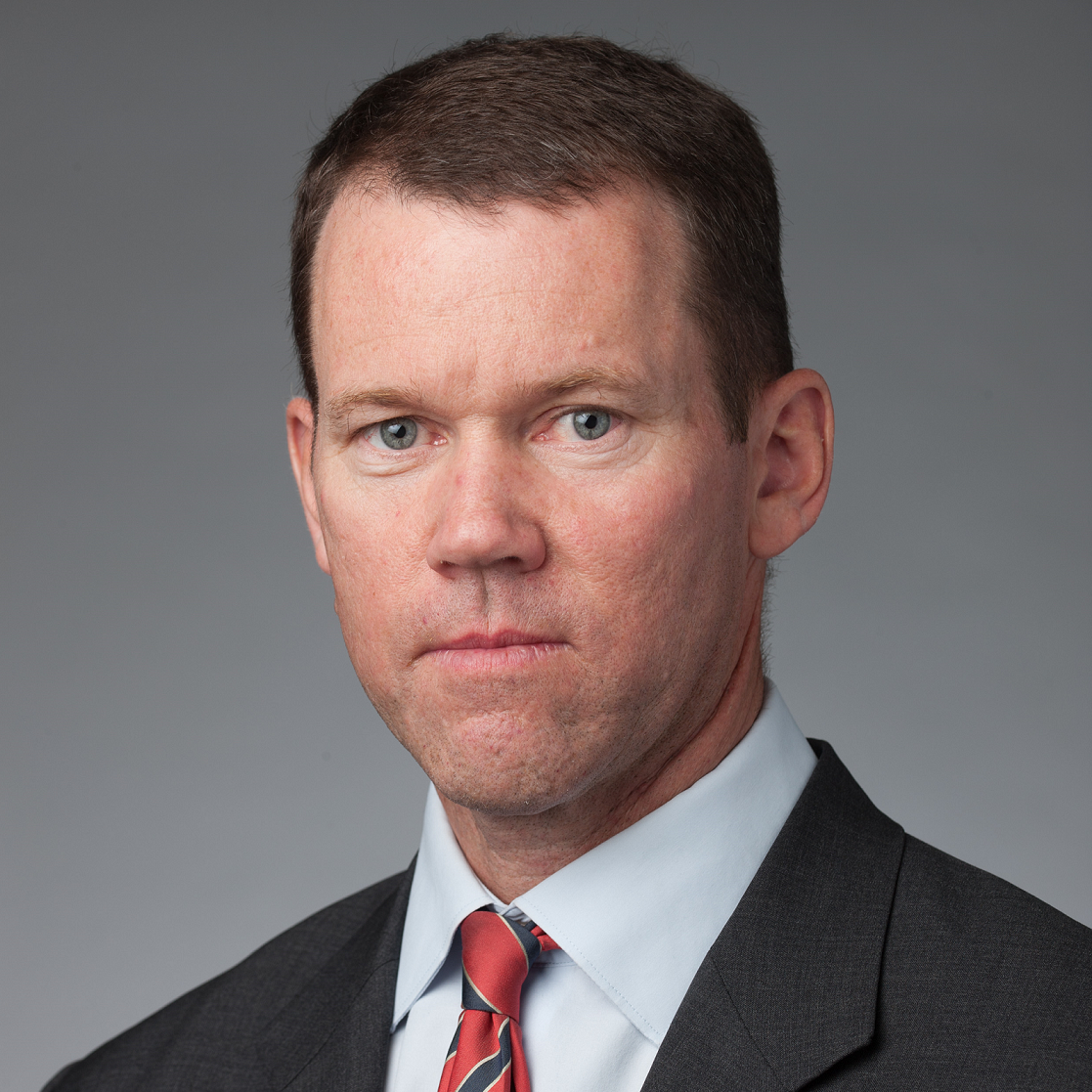Aberdeen Standard Investments currently manages 13 billion dollars in debt from emerging countries. Of these, 195 million come from its border market strategy, which has been underway since September 2013. “There are attractive profitability opportunities in this product by structuring a diversified portfolio of corporate and sovereign bonds in hard currency and debt in local currency,” states Kevin Daly, the asset management company’s Senior Investment Manager in emerging market debt.
In an interview with Funds Society, he assures that this approach allows them to minimize the risks of losses, as they were able to do in 2018, and, at the same time, capture the upside risks, as they forecast for 2019. In that regard, since the beginning of the year, Daly is convinced that the frontier markets will generate good returns during the coming months, since “the headwinds they faced in 2018 have disappeared,” such as the strong growth of the United States, the Fed’s harshness, and concerns about the commercial war.
Daly supports this with the performance of the Aberdeen Standard SICAV I – Frontier Markets Bond Fund, a sicav fund registered in Luxembourg. “So far, everything is going well: it has delivered returns of about 6% so far this year.” The fund obtained a gross negative return of -3.50% in 2018, outperforming the emerging general debt “and most other types of assets.” That figure rises to 8.12% if the average returns since the fund’s creation are taken into account.
The management company points out the short duration of this type of asset and of the fund, with an average of 3.4 years. The fund’s main attraction for investors lies in its ability to generate high revenues: its yield at maturity is 10.1%.
“We manage it with a total-return approach, without comparing ourselves with any reference index and we are committed to a diversified portfolio, which has generated attractive risk- adjusted returns since its creation,” the asset manager points out. According to his account, by not resorting to any reference index, they are not overweight or underweight in countries or regions “per se” but have an allocation limit of 10% per country and another 3% for corporate issuers.
Therefore, the positions of “greater conviction” are those that are around 5% and that, at present, would be countries like Egypt, Nigeria and Ecuador. Daly reveals that the first two provide double-digit returns with stable currencies. Ecuador, meanwhile, “is our strongest debt position in hard currency, as we believe that the country will benefit from the International Monetary Fund’s new support program.” In his opinion, this should help reduce its dependence on market financing.
As for the companies, he points out that there is “great value” in Nigeria and Ukraine. All in all, the portfolio is composed of 68% for debt in hard currency, 14% for corporate debt and 32% in debt in local currency, such as Egypt’s or Nigeria’s. Daly is convinced that the three assets offer attractive value.
The fund is also a good diversification option for Latin American investors who have local individual bonds. For Aberdeen Standard Investments, it can help reduce the volatility of their portfolios and, at the same time, continue to offer high performance.
When asked about the risks faced by these markets, he points out that the largest of them is “idiosyncratic risk”, since frontier bonds and their currencies have historically had a low correlation with US Treasury securities. “Addressing country risk is key to the performance” of this product, says Daly, who says there is an “information gap” when investing in frontier markets.
“Our experience investing in them, which requires continuous diligence and frequent trips to these countries, allows us to take advantage of that gap when it comes to structuring the portfolios,” he says.


